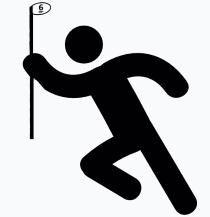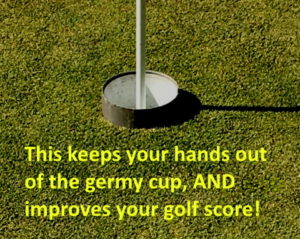At age 75, golf has invited me in, though I don’t deserve it. All my life I have been leery of golf. To me it was a pastime based on failure, and the measurement of failure and the scoring of failure. What, after all, is Par? It’s a goal that most won’t ever reach, and those who do are always sorry when they don’t go under Par. Because golf seemed such a philosophy of despair, wrapped up in a tortured premise of never-quite-good enough, I enthusiastically rejected golf for most of my life. I am glad I did. By age 75, I had missed a lifetime of frustration.
Many of us baby boomers never played golf, and we probably developed attitude blocks against it by the time we reached age 65. It may have seemed to us that golf was the pastime of the idle rich or those aspiring to be idle or rich. Or golf may have seemed the detour of the non-athletic adults around the rigors of competitive sport. Or golf may have seemed like the business vehicle of the rising middle class, clubs for clubs, so to speak, to fill out your networking dance card.
For the most part, golf did not seem to apply to us. It certainly did not apply to me. I took golf in physical education in 1960 and found it a poor substitute for lawn croquet. Instead I played soccer for the University of Washington and then in city leagues for some time thereafter. Then I played community basketball with a bunch of lawyers on Sunday mornings for years. Finally, in need of less debilitating exercise at about age 55, I came to tennis. It was great fun. Tennis can be as athletic as you make it, but it always has more movement, more speed, and more real play than I would ever see in golf. And yet…
On my 75th birthday I decided to learn golf. It began as a market segmentation strategy…but ended up something else. Players my age were dropping out of tennis with the accumulated maladies of age. They were becoming slow…fast. Most of those still standing could not move across the court to a well-placed ball. So partners were becoming limited, in doubles but especially in singles. I knew that in tennis I would probably be slowed by age 80, and at best a pasteboard image by age 85. And yet I saw older men – and older ladies — knocking around golf courses at age 95.
So that is why I set out to learn this thing I had rejected in my youth, and yawned at in middle age. And now, at age 75, I realize I have but a short time to learn my way into this new sport. Amazingly, I found that in golf whether you are athlete or couch potato, man or woman, lean or chunky — at age 75 all of your gifts must homogenize into one mindful focus on the ball. Contact is all, and when you can constantly make contact, stick-to-ball, you can create your own game. It doesn’t have to look like the golf that instructors are trying to teach people under 50. It can look like whatever works for you. You don’t need to hurt yourself or twist yourself into pretzels. At age 75 the pressure is off and, like a regression to childhood, with golf you can finally have fun.
I believe I am going to like this golf.
In these blog postings about my meandering path into golf, you may not find an excellent guide to golf, but I hope you can agree that golf means there is life remaining after age 75.
Copyright 2019 — David Hon


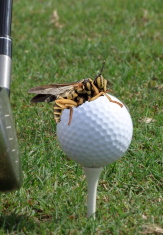

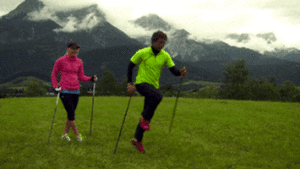

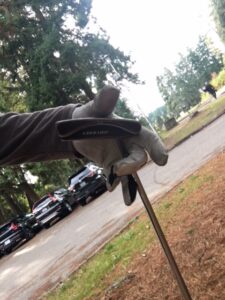
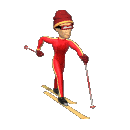
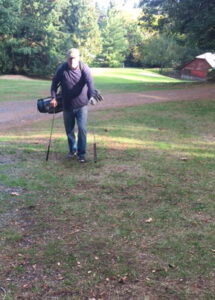 David in full carry mode….
David in full carry mode….
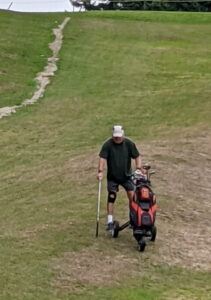
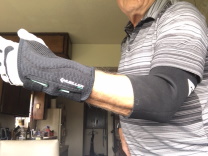
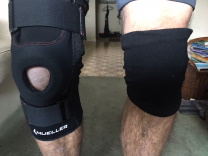

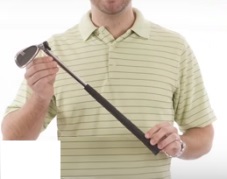
 Harbour Pointe – North of Seattle
Harbour Pointe – North of Seattle